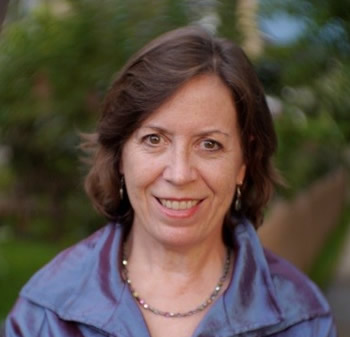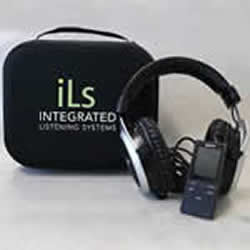How We Can Be Together From Before the Beginning: Womb Surround Birth Process
We develop in a sequence: conception, implantation, embryo, fetus, baby. Our cells unfold in a sequence, too. We form our bodies in relationship with our mother, our first environment, and then our family. Participants in the Womb Surround Process create specific intentions based on patterns that continue, in many ways, to confine and function as constrictions detrimental in their lives. These patterns are adaptive to the overwhelming event or events in our history but no longer serve in the present; in fact, they can get in the way of our growth or even the resolution of the original trauma.
Attending to the Silence:
As a second-generation Holocaust survivor, Dr. Elya Steinberg was not in the Holocaust. She was the victim of her own parents and not the Nazis, parents who did not undergo psychotherapy and therefore transmitted the trauma to her, as many Holocaust survivors did to their children when they were unable to process the horrible atrocity. They did not have enough help from mental health professionals who were also unable to process these horrible stories.
Babies Mental Health Matters
When we hear about a person’s mental health, it’s often in the context of a problem — a colleague is struggling to handle stress at work, a friend’s child is having behavioral problems at school, or a family member has received a diagnosis. And almost always, these discussions are limited to older children and adults. So it begs the questions: when does mental health begin? Do babies have mental health?
Yes It’s Your Parents Fault
Experts in the fields of psychology, neuroscience, sociology and education say that attachment theory’s underlying assumption — that the quality of our early attachments profoundly influences how we behave as adults — has special resonance in an era when people seem more attached to their smartphones than to one another.
Be Your Own Super-Hero Embodying Your Vision
What might happen if you envisioned a second version of yourself, a personal avatar that embodied knowledge for attaining your goals, for guiding your life or for improving your tennis game?
The Therapist’s Subjectivity: An Introduction
My name is Yael Shahar, and I am a relational body psychotherapist. With time and by deepening my growth process, I learned how my personality and my complexity can’t be separated from the therapist I am, nor do I wish to separate them.
Psycho-Peristalsis in the Shared Body
In this article we offer our experiences working with psycho-peristalsis within the intersubjective field, within the shared body, with curiosity: what potential benefits may arise by using psycho-peristalsis in this way?
Short Stories from the Biodynamic Psychotherapy Room: Lily
Biodynamic massage is an integral part of biodynamic psychotherapy, which allows psychotherapeutic work within the framework of the body. The name ‘biodynamic massage’ encompasses fourteen different methods of touch. Almost all the touch methods can be performed at different levels of the body.
A biodynamic psychotherapist is often guided by a stethoscope (either electronic or ordinary) stethscoprewhilst carrying out biodynamic massage (Southwell, unpublished; Stauffer, 2005, unpublished, 2010; van Heel, 2014); the stethoscope is utilized for listening to the digestive system’s sounds (also known in this context as the psycho-peristalsis) (Boyesen, M-L. & Boyesen, G. 1978). This makes it possible to obtain immediate feedback from the body about the level of accuracy, quality, and attunement of the touch applied. The experience of touch must be modulated by context and internal state (Ellingsen et al., 2016).
We are the Movement
Emilie Conrad was no stranger to fear and discomfort. Growing up in an abusive household, she suffered traumatic exposures and illnesses. Dance became her salvation. Her experiences sparked the question that became her lifelong inquiry and work: Continuum Movement.
Short Stories from the Biodynamic Psychotherapy Room: Self Regulation
Every particular landscape of events in the therapy room and events that are surrounding this time, act as a microcosm of the universe of the intersubjectivity of the two people in the room. The web of phenomena can be described as multi parallel levels and patterns of balance and flux that we can relate to as phenomenological research.












